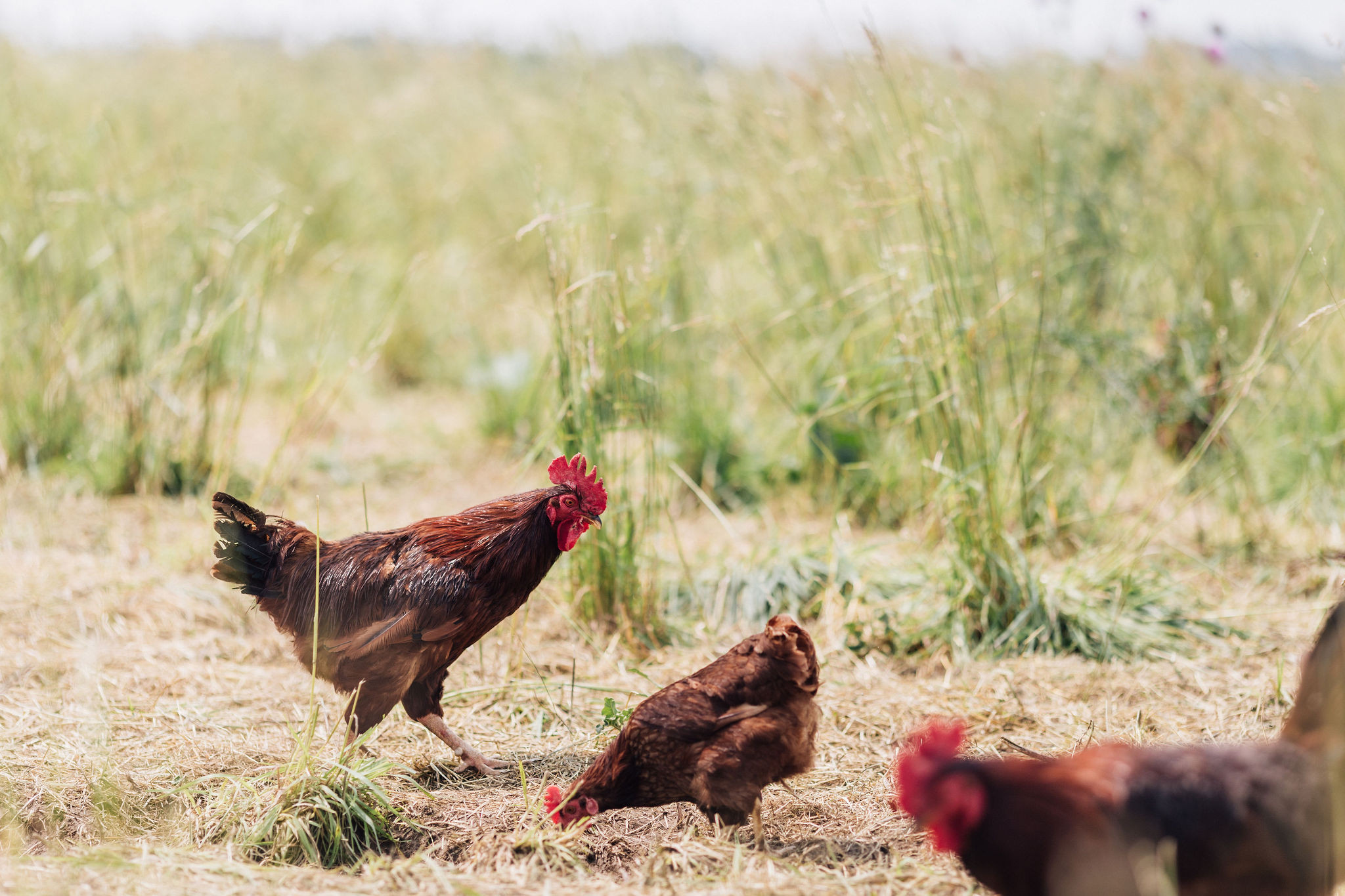Cool Down from a Heat Wave with the Best Grass-fed Ice Cream
posted on
June 28, 2018
When most store-bought ice cream is filled with junk, you can turn to your small farmer, shop wisely, or make your own!
A heat wave is coming, and you know what that means. Finding ways to beat the heat. One of my all-time favorite ways to cool down is ice cream!
Here’s the big problem. Store bought ice creams, even ones advertised as “healthy”, are filled with all kinds of junk.
Emulsifiers, artificial flavors, artificial colors, mono and diglycerides, sugar alcohols and artificial sweeteners, and conventional non-organic dairy. All of these highly processed ingredients can disrupt your gut microbiology and, in large amounts, lead to disease.
If you’re reading this email, then I know that nutrition and health is of utmost importance to you. And, I know what you’re thinking. Ice cream has sugar, and there’s no way to make that “healthy”.
I won’t deny it. Sugar is one of the most over-consumed foods in the American diet. But, for someone who (mostly) eats a clean healthy diet, including his/her ice cream choices, a nice treat should be enjoyed from time to time. So, we’ll just keep the word “healthy” in quotes.
Of course, getting homemade ice cream from your small grass-fed farmer would be the absolute best option (we currently have vanilla, chocolate, and strawberry in stock). However, life is short, and I know you might shop at the store sometimes.
Here are three things to look for in a “healthy” ice cream:
- - Is the dairy 100% grass-fed? Better yet, is it 100% A2?
- - Is it chemical-free, and was it made following organic protocols?
- - Is it flavored with natural ingredients like vanilla bean, cocoa, real fruit, etc? Or did they take the shortcut with “natural flavors”?
- - Is it made with entirely whole food ingredients? Or, does it contain any additives you don’t have in your kitchen like carrageenan, yellow #5, erythritol, and mono and diglycerides?
If you want to take it a step farther for a truly decadent dessert, try making your own ice cream with farm fresh ingredients! Albeit a bit time consuming, my favorite vanilla ice cream recipe is pretty simple:
---
Homemade Vanilla Ice Cream
INGREDIENTS
- - 3 cups half & half
- - 1 cup heavy cream
- - 8 egg yolks
- - 9 oz sugar
- - 2 tsp vanilla
INSTRUCTIONS
Heat 3 cups half & half and 1 cup heavy cream in a saucepan and slowly bring to a simmer.
Temper in a smooth mixture of 8 large beaten egg yolks and 9 ounces of sugar. Heat to 170-175 F, stirring frequently. Using a thermometer is ideal, and the batter should be thick enough to coat the back of a spoon.
Put in a glass bowl, let sit for 30 minutes, and then stir in 2 teaspoons of vanilla extract.
Let cool to room temperature, cover, and refrigerate for 4-8 hours, until it reaches 40 F.
Pour into an ice cream maker and follow the machine’s instructions to finish.
Eat immediately for soft serve, or put in the freezer overnight for hard ice cream. Serve alone or with pie. At this time of year, warm strawberry rhubarb pie a la mode sounds amazing.




